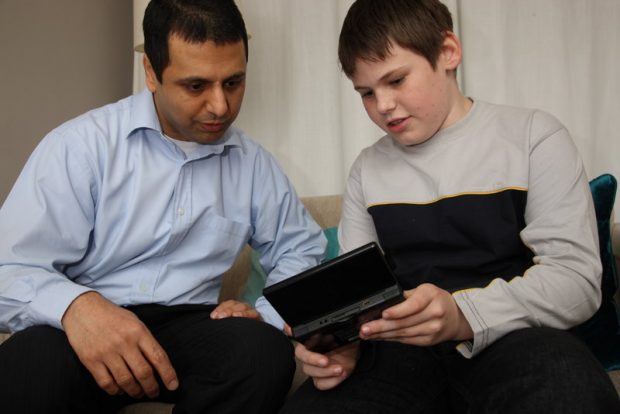
Good leaders are simultaneously culture creators and great managers. They know what systemic good practice looks like, both in principle and in people’s day to day work. They can combine their knowledge of how the system works, and could improve, with strong skills in making every day’s work the best that can be achieved.
Who are these leaders and where do they sit in a children’s social care department? They are of course at a number of levels, and many of their skills are displayed by all social workers whether managers or not. The skills I am describing are most needed by heads of service and those with more responsibility, but not exclusively so.
Share it with their teams
These staff seek out best practice and make it their own. They find out about research and share it with their teams. Their teams often rely on them to do this as their days are so busy and demanding.
Being in touch with the front line, sometimes through taking part in decisions about the most complex cases, is a powerful way of supporting staff, developing everyone’s learning, and sharing some of the responsibility for decision making.
Higher expectations
This allows them to understand frontline pressures, both in day to day life and using the data they need to monitor how the whole system is working. They can then guard social workers’ caseloads and in so doing have higher expectations when workload is manageable. It makes it easier to have a relentless focus on what is right for children. It helps corporate teams to see that social workers and others have the right tools to the job, and that this makes their working days easier.
Corporate support, and the ways these leaders galvanise it, is hugely important. Some local authorities going through any major change at all, ask themselves what will the impact be on children’s services and safeguarding children. Others use the corporate team as mentors for children in care. This has a wide impact; it gives the most senior council leaders a detailed view of children’s lives.
Flexible system of inspection
By January 2018, having finished the Single Inspection Framework inspections, we will be embarking on our more flexible system of inspection and visiting local authorities.
Although expectations of what good looks like remain the same, we have made some adjustments to what we think good leadership and management look like, and this reflects more the kinds of things I am writing about here.
We will be asking what leaders do to make social work effective, how they invest energy in the workforce, finding sustainable ways to recruit and retain skilled and competent staff who have opportunities to reflect on practice and to work with families to make a real and lasting difference to children’s lives.
This article is published in Children and Young People Now.